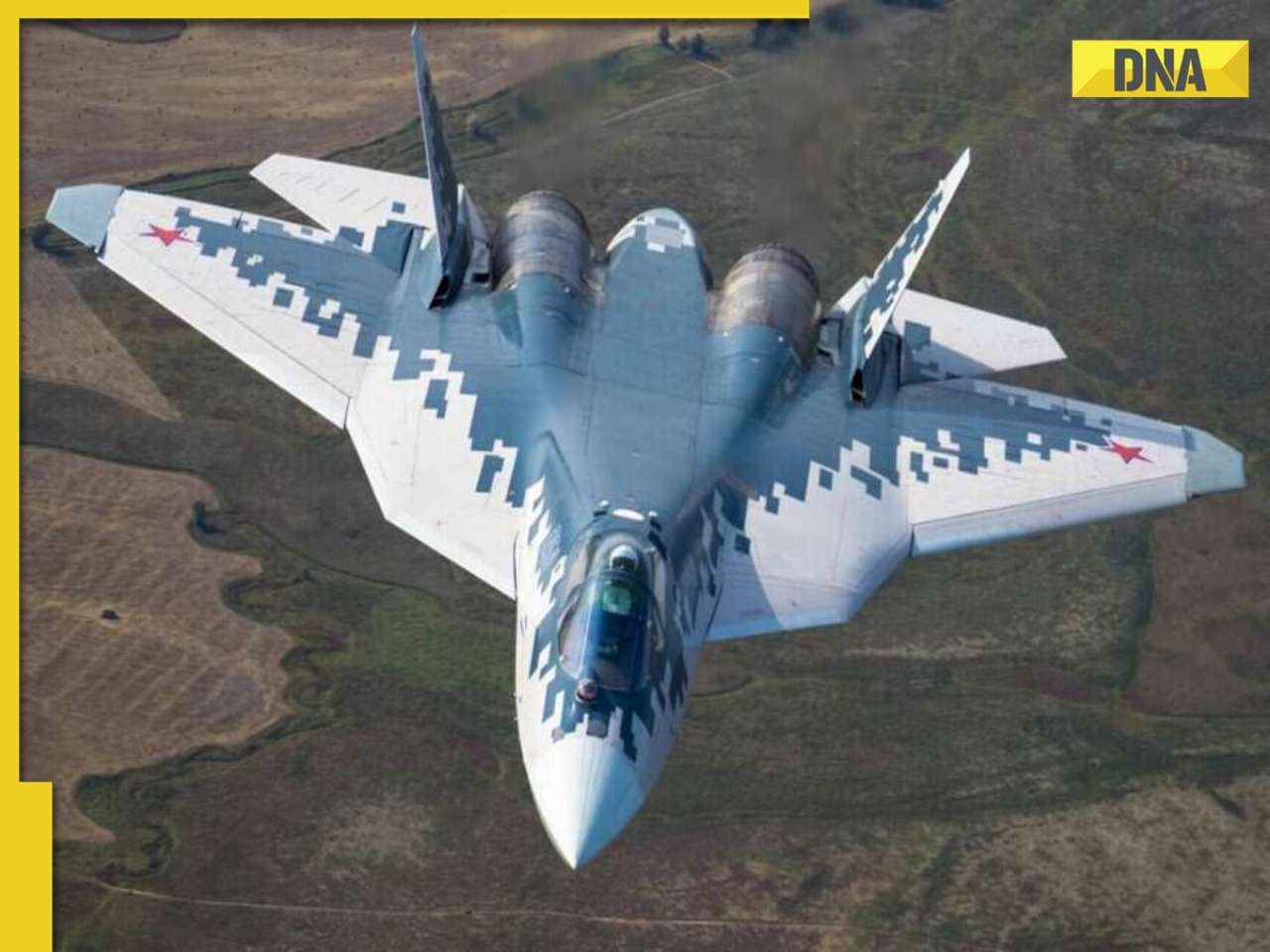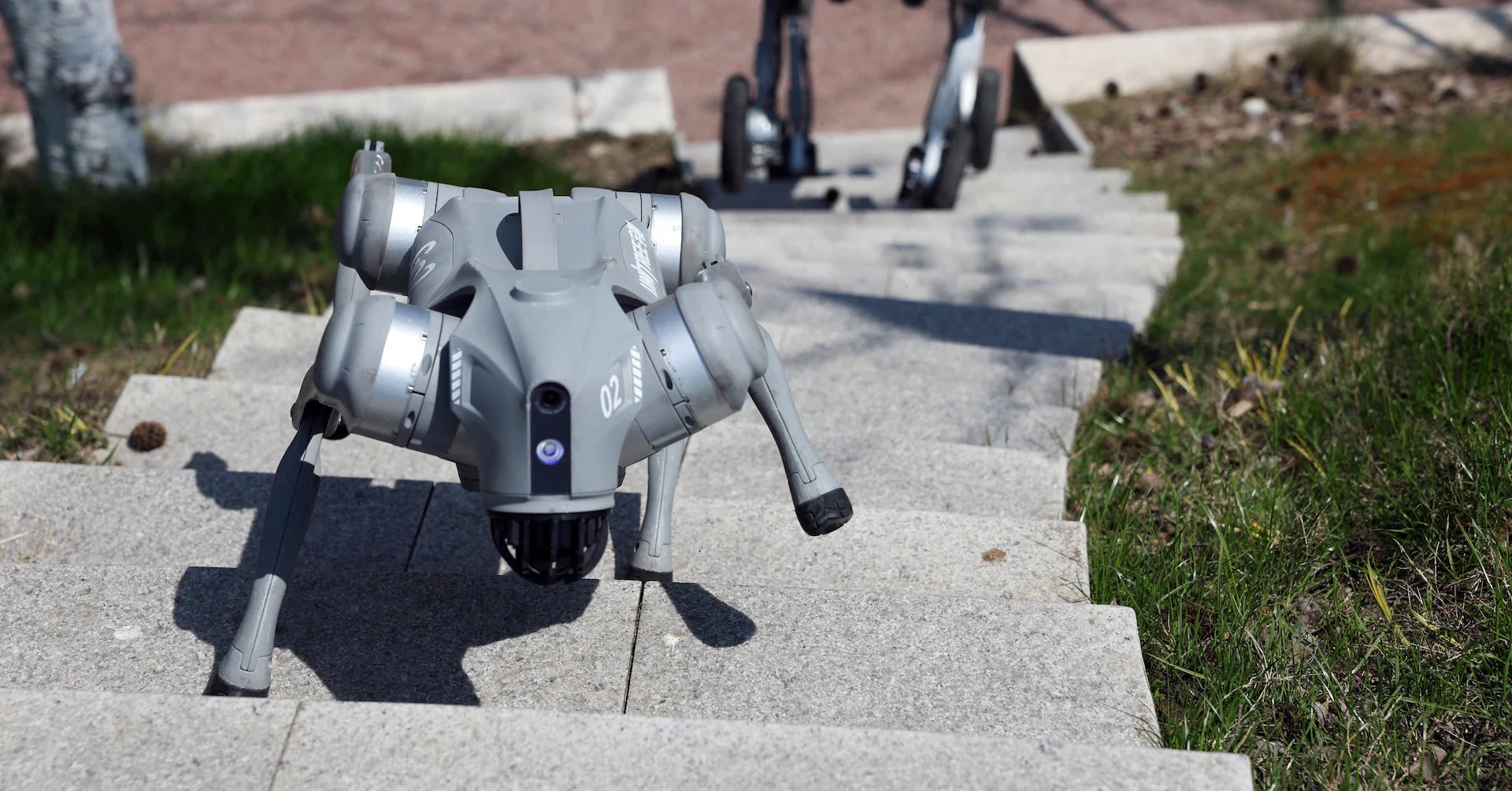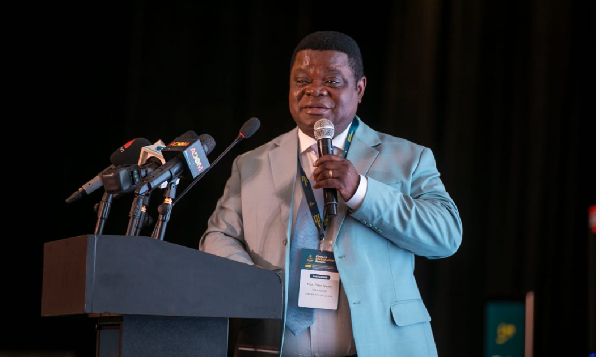Copyright dnaindia

Seven years after India walked away from a joint stealth fighter program with Russia, calling the Su-57 "Felon" insufficiently advanced, New Delhi is surprisingly back at the negotiating table. The irony isn't lost on defense analysts. India had rejected the very same aircraft in 2018 over concerns about its stealth capabilities and performance, yet now seems ready to reconsider. The question everyone's asking is simple: what changed? According to recent reports from United 24 Media and Defense Express, Russia is aggressively pitching a deal for 84 Su-57 jets to India. The proposal includes two squadrons delivered directly from Russia, with three to five more potentially manufactured in India through Hindustan Aeronautics Limited. Russia is sweetening the offer with significant technology transfers and even agreeing to integrate Indian-made missiles into the aircraft. For a country desperate for foreign funding to keep its troubled stealth program alive, Moscow is pulling out all stops. But here's the catch. India isn't reconsidering the Su-57 because it suddenly discovered hidden stealth capabilities. According to The Print, the interest stems from a more practical crisis. With the retirement of aging MiG-21 jets, India faces a growing gap in its fighter fleet. The country's own Advanced Medium Combat Aircraft program won't be ready until well past 2035, leaving the Indian Air Force in a bind. Sometimes necessity trumps perfection, and this appears to be one of those moments. The Su-57's troubled journey began with Russia's decision to take shortcuts. Instead of designing a completely new fifth-generation fighter from scratch, Russian engineers chose to heavily modify the existing Su-27 design. They reshaped wings, reconfigured the tail, restructured internals, and even filled the space between engines to create internal weapons bays for stealth. This approach was undeniably cheaper and faster, but it came with compromises that have haunted the program ever since. Former US Air Force technician Damien Leimbach compared this strategy to the Soviet Union's approach in the 1960s, when they built nuclear reactors without proper safety enclosures to save time and money. The pattern of cutting corners for speed and cost savings runs deep in Russian military development philosophy. While this delivers results quickly, it often means accepting fundamental limitations that can't be easily fixed later. The Su-57 program has stumbled through numerous setbacks. Development delays stretched for years, a prototype crashed in 2019, and the aircraft has played only a marginal role in Russia's ongoing war in Ukraine despite mass production officially starting in 2022. In a recent public relations move clearly aimed at attracting buyers, Russia released rare photographs of the Su-57's internal weapons bays for the first time. These images, shared through pro-Kremlin social media and reported by Defence Blog, seem designed to prove the program's maturity and attract the foreign investment Moscow desperately needs. The weapons bay revelation matters because internal storage is crucial for stealth. While the Su-57 can carry missiles and bombs on external wing hardpoints, doing so dramatically increases its radar signature, defeating the entire purpose of a stealth design. The multiple internal bays, located between air intakes and near the wings, allow the jet to carry weapons while maintaining a low radar profile. That Russia kept these bays hidden during air shows and public events until now speaks volumes about the program's sensitivity to criticism. India's potential return to the Su-57 fold would represent a dramatic reversal, but it wouldn't be without precedent in the complicated India-Russia defense relationship. HAL's existing partnership with Sukhoi Bureau could smooth the manufacturing process, and Russia's willingness to integrate Indian weapons systems addresses one of New Delhi's key sovereignty concerns. However, experts warn that India should instead focus on accelerating its indigenous AMCA program through increased investment and streamlined development. Russia isn't putting all its eggs in India's basket. According to The National Interest, Algeria has reportedly agreed to purchase Su-57s as well, based on documents leaked by the pro-Ukraine hacking group Black Mirror. Algeria's air force has long depended on Russian aircraft, and with regional rival Morocco expressing interest in American F-35s, Algiers feels pressure to modernize. The same leaked documents revealed Russia's plans to sell MiG-29 and Su-35 fighters to Iran, showing Moscow's aggressive push for export sales. Speaking of the F-35, America's own stealth fighter hasn't exactly been trouble-free either. Lockheed Martin's Lightning II has faced its share of cost overruns, technical problems, and operational limitations. The program's development costs ballooned to become one of the most expensive military projects in history. Early F-35s required extensive retrofits, the jet suffered from oxygen system problems, and its gun accuracy issues took years to resolve. The point isn't that the Su-57 equals the F-35 in capability, most analysts agree it doesn't, but rather that developing advanced stealth fighters is extraordinarily difficult for everyone, including the United States. For India, the choice isn't simply between a flawed Russian option and a perfect American alternative. The F-35 comes with strings attached, including restrictions on modifications and technology transfers that India typically resists. The Su-57, despite its limitations, offers more flexibility for customization and local manufacturing. Neither option is ideal, which explains why India continues developing the AMCA despite the program's slow progress. The broader strategic picture matters too. India has carefully maintained defense relationships with both Russia and the West, refusing to put all its security eggs in one basket. A Su-57 purchase would help preserve this balance while addressing immediate fleet shortfalls. Whether this pragmatic approach ultimately serves India's long-term interests remains hotly debated among defense experts. Russia's stealth fighter saga illustrates how financial constraints and strategic impatience can compromise even ambitious military programs. The Su-57 exists because Russia chose evolution over revolution, modification over innovation. India now faces its own version of this trade-off, deciding whether an available imperfect solution beats waiting for a theoretical perfect one that may arrive too late to matter.



